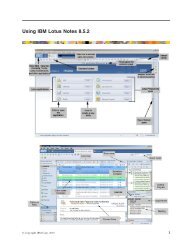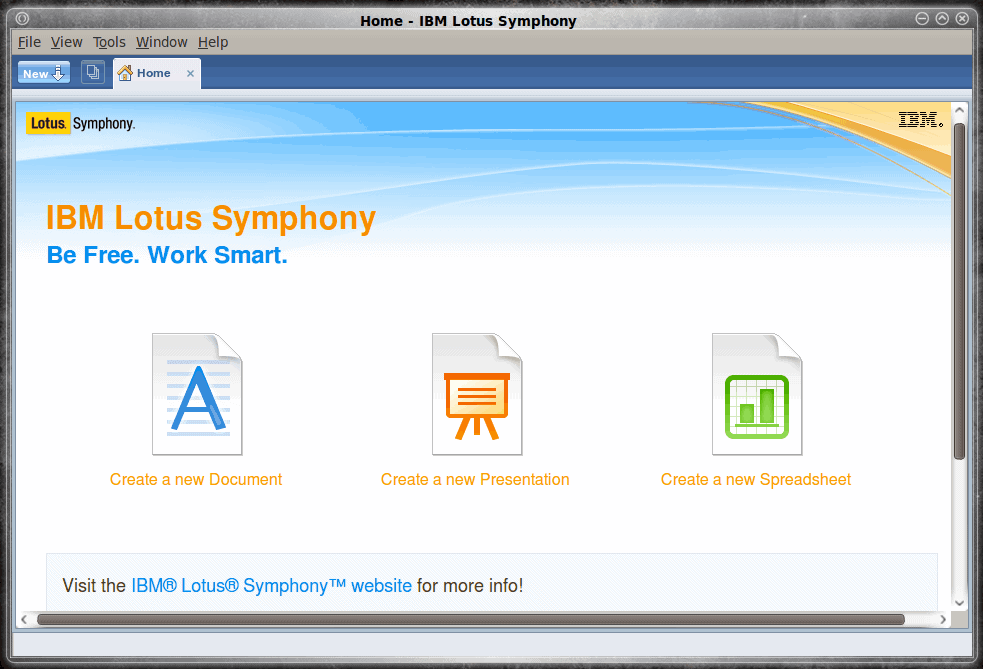
These include support for VBA scripts to tempt professional users to switch to Symphony (and then pay for the cloud-based LotusLive collaboration services), plus plug-ins that enable you to extend Symphony’s usability in the directions you wish it to go. This free alternative to Microsoft Office is based on the open-source OpenOffice, but throws in some useful features of its own to make it stand out from the crowd. Furthermore, the process cannot convert all VBA syntax and therefore depending on the complexity of the macro a lot of adaptation is required for the code to run smoothly in Lotus Symphony spreadsheets.After around eight months in beta, Lotus Symphony 3.0 has finally made it to a final release. This is commonly not the case in Excel VBA projects. The conversion is not ideal, however, as it assumes that only one subroutine resides in each module. The lines were not converted are simply commented out.After the process has been run statistics are displayed detailing how many lines of VBA code were and were not converted.


In comparison to NeoOffice, which attempts to emulate Excel VBA when spreadsheets are opened, Lotus Symphony spreadsheets require VBA macros to be explicitly converted using an inbuilt engine. The Lotus Symphony office applications include Documents, Spreadsheets and Presentations and are compatible on Windows, Linux and Macintosh operating systems. In a similar fashion to NeoOffice for the Mac OS X, the multi-platform Lotus Symphony build of Open Office by IBM supports a subset of the Microsoft Excel Visual Basic for Applications library.


 0 kommentar(er)
0 kommentar(er)
